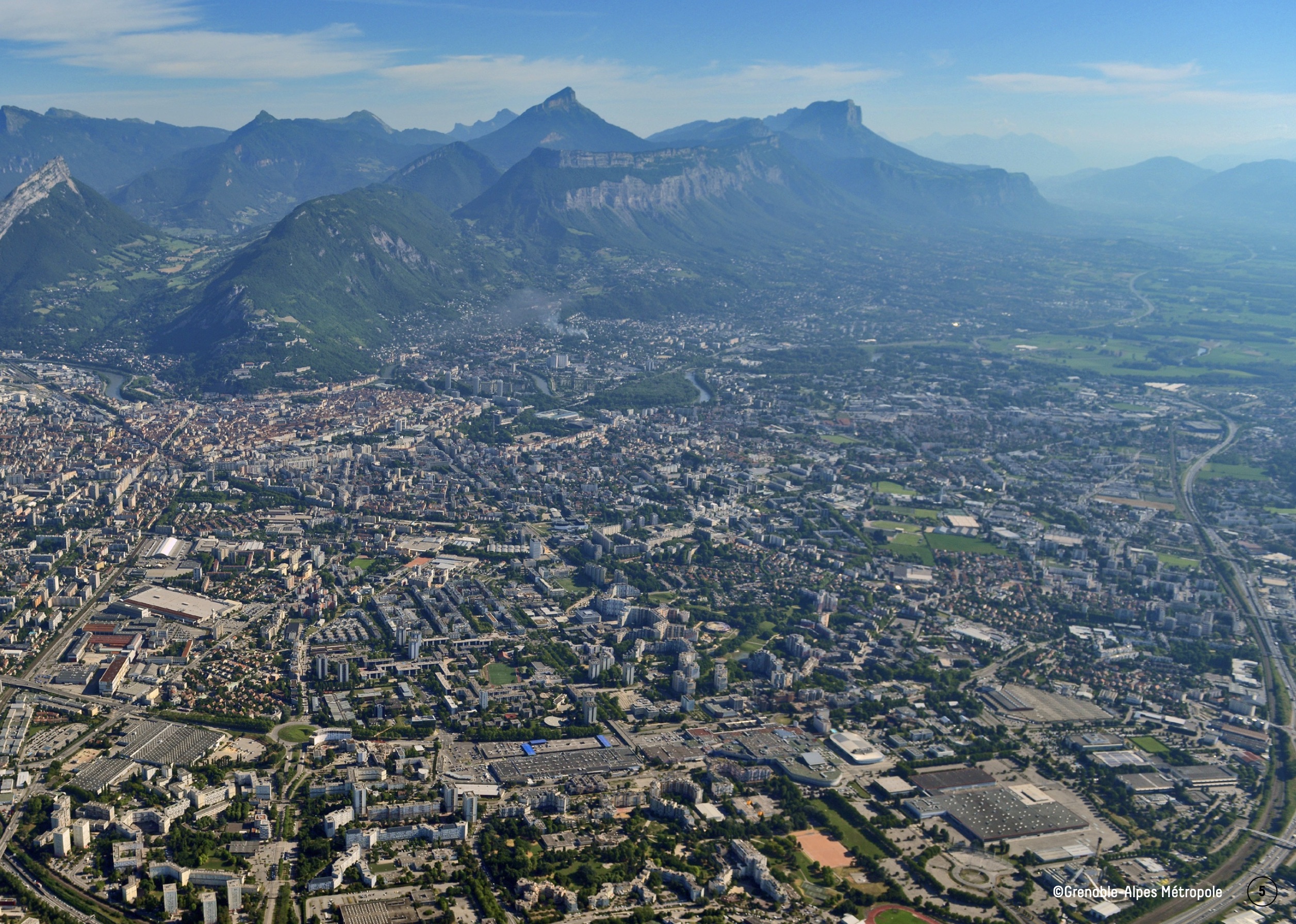City Presentation and Challenges
Grenoble-Alpes Métropole is an intercommunal structure, centred on the city of Grenoble. Comprising 49 municipalities and 450.000 inhabitants, it is located in the Isère department, eastern France close the French Alps and has been for a number of years at the forefront of the sustainable city transformation in Europe.
Ambition and Vision
The Metropole is carrying out GRANDALPE 25, an ambitious development project which aims to make the area under consideration an active living space, an innovative economic hub, and a leader in new mobility. The project is also intended to showcase an example of ecological transition, which will mobilise all the available resources and assets to strive to build a city without fossil fuels.
The general approach guiding GRANDALPE 25, called “Fabrique de la ville”, has 3 main overarching principles at its core:
- Promoting the voice of citizens in its development (co-creation),
- Mixing culture and art in the project,
- Developing tactical urbanism.





